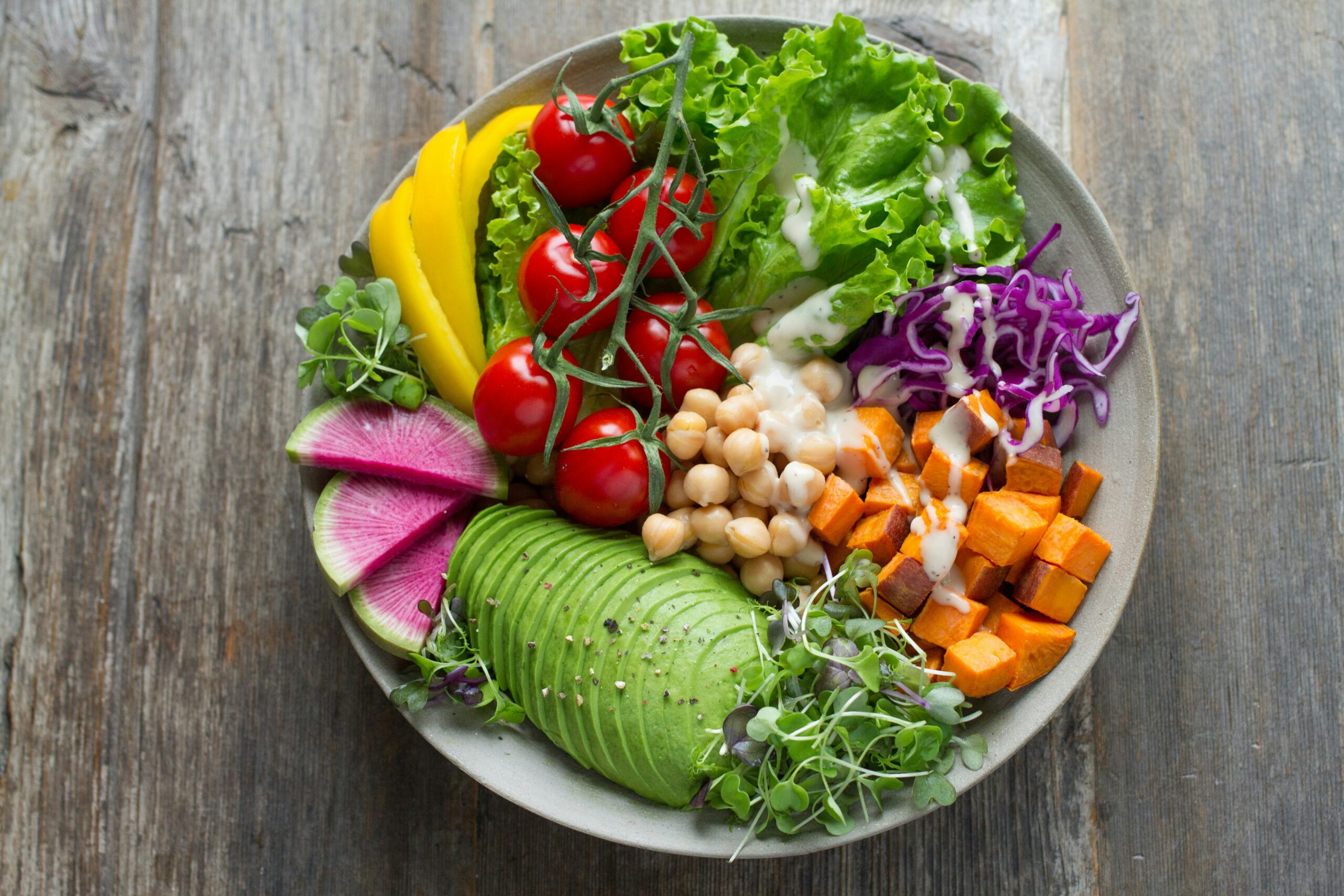Introduction
Are you seeking ways to enhance your health through informed nutrition? A well-balanced diet plays a crucial role in boosting energy, strengthening the immune system, and preventing diseases. Many people believe that eating healthy is costly, but with the right strategies, you can enjoy affordable healthy meals while nourishing your body. In this guide, we’ll share expert nutrition tips to help you make informed dietary choices without overspending.
Table of Contents
- Plan Your Meals for Budget-Friendly Nutrition
- Buy in Bulk and Save Money
- Choose Seasonal and Local Produce
- Cook at Home for Healthier and Affordable Meals
- Limit Processed Foods and Choose Whole Foods
- Repurpose Leftovers to Reduce Waste
- Grow Your Food for Cost Savings
- Compare Prices and Shop Smart
- Utilize Free Online Resources for Budget-Friendly Recipes
- Hydrate Smartly: Drink More Water
1. Plan Your Meals for Budget-Friendly Nutrition
Meal planning is essential for maintaining a healthy diet while saving money. Here’s how:
- Create a weekly meal plan to reduce impulse purchases.
- Choose nutrient-dense, cost-effective recipes that maximize affordability.
- Make a shopping list based on whole foods and stick to it.
- Prep meals in advance to save time and money.
💡 Check out Deep Look Nutrition for easy meal prep ideas and budget-friendly recipes!
2. Buy in Bulk and Save Money
Buying staple foods in bulk can lower costs and ensure a well-stocked pantry. Look for:
- Whole grains like brown rice, quinoa, and oats.
- Legumes such as beans, lentils, and chickpeas.
- Nuts and seeds for affordable protein sources.
- Frozen fruits and vegetables are often cheaper than fresh produce.
💡 Bulk purchases can reduce grocery expenses by up to 30%!
3. Choose Seasonal and Local Produce
Buying seasonal fruits and vegetables helps save money and ensures fresher produce. Consider:
- Shopping at local farmers’ markets for affordable and organic options.
- Opting for frozen or canned alternatives without added sugar or preservatives.
- Checking supermarket discounts on in-season items.
🔗 Learn more about seasonal produce benefits from USDA.
4. Cook at Home for Healthier and Affordable Meals
Eating out frequently can be expensive and unhealthy. Cooking at home allows you to:
- Control ingredients and portion sizes.
- Reduce reliance on processed foods.
- Save money while ensuring a balanced diet.
- Experiment with affordable, healthy recipes.
Pro Tip: Batch-cooking meals can save time and money while ensuring nutritious meals throughout the week.
5. Limit Processed Foods and Choose Whole Foods
Highly processed foods are often expensive and filled with unhealthy additives. Instead, focus on whole, unprocessed foods like:
- Fresh vegetables and fruits
- Whole grains (brown rice, whole wheat pasta)
- Lean proteins (chicken, tofu, eggs, beans)
These nutrient-dense options improve health while keeping your grocery bill in check.
💡 Avoiding processed foods can lower your grocery expenses by 20%!
6. Repurpose Leftovers to Reduce Waste
Transform leftovers into new dishes to minimize food waste and save money. Here are some ideas:
- Roasted vegetables → Add to soups or wraps.
- Cooked rice or quinoa → Use in stir-fries or salads.
- Leftover chicken → Make a sandwich or add to pasta.
7. Grow Your Own Food for Cost Savings
Even if you don’t have a garden, growing herbs, tomatoes, and leafy greens in pots can significantly reduce grocery costs. Indoor herb gardens are easy to maintain and provide fresh ingredients for cooking.
💡 Home gardening can cut grocery costs by up to 25% annually!
8. Compare Prices and Shop Smart
Before heading to the store, compare prices online and take advantage of discounts, coupons, and loyalty programs.
- Buy store-brand products instead of name brands.
- Use cashback apps for additional savings.
- Look for clearance sales on fresh produce and dairy.
- Shop at discount grocery stores for better deals.
9. Utilize Free Online Resources for Budget-Friendly Recipes
Many free resources provide affordable, healthy meal ideas. Check out:
- Deep Look Nutrition for cost-effective meal planning.
- Healthline for science-backed nutrition advice.
- ChooseMyPlate for portion control and budget meal guides.
10. Hydrate Smartly: Drink More Water
Skip expensive sodas and sugary drinks! Drinking water is the most budget-friendly and healthiest option. Carry a reusable bottle and stay hydrated all day.
💡 Staying hydrated improves metabolism and overall health while saving money on beverages!
Conclusion
Optimizing your health with smart nutrition is achievable with simple adjustments to your diet and shopping habits. By following these nutrition tips, you can enjoy delicious, cost-effective meals without overspending.
💡 Which of these tips will you try first? Let us know in the comments!
For more expert nutrition advice and budget-friendly meal ideas, visit Deep Look Nutrition. Don’t forget to share this post with friends looking to eat healthier while saving money!
📢 Stay updated! Subscribe to our newsletter for weekly nutrition tips and budget-friendly eating guides.




Very informative <3
beautiful